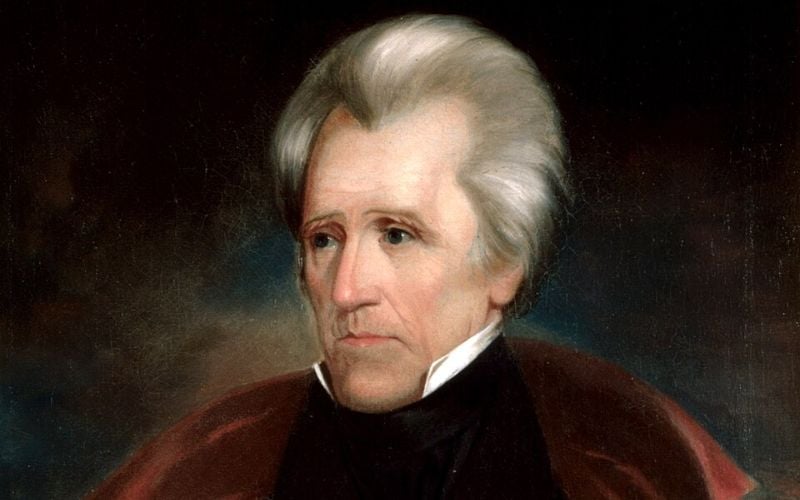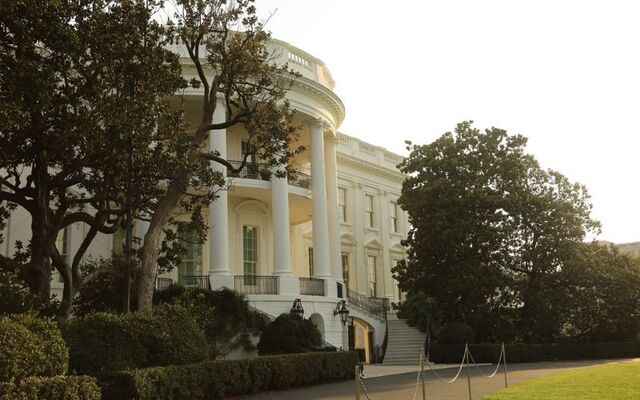Believed to have been planted in honor of his deceased wife, president Andrew Jackson's magnolia tree on the south side of the White House will be removed as the deteriorating tree has caused safety concerns since 2017.
President Donald J. Trump made the announcement that the 200-year-old tree would be removed on the social media platform, Truth Social.
“The bad news is that everything must come to an end, and this tree is in terrible condition, a very dangerous safety hazard, at the White House Entrance, no less, and must now be removed,” Trump wrote.
He added, “This process will take place next week, and will be replaced by another, very beautiful tree. The Historic wood from the tree will be preserved by the White House Staff, and may be used for other high and noble purposes!!! [sic]”
The magnolia tree stands next to the iconic curved portico of the White House on its south side. The south lawn is where leaders are often greeted by the president and where the president departs by helicopter.

America's 7th president, Andrew Jackson.
Andrew Jackson's parents, Andrew and Elizabeth Jackson, were Ulster Scots who emigrated from County Antrim in 1765. Seeking better opportunities, they settled in the Waxhaws region on the border of North and South Carolina, where Jackson was born in 1767.
The country’s 7th president, Jackson, is believed to have planted at least two magnolia trees near the White House South Portico, thought to have come from Jackson’s home, The Hermitage, in Tennessee.
The Associated Press reported that the magnolia tree was damaged in 1994 when a small Cessna plane crashed into the south lawn, hitting the White House. Efforts have been were made to preserve it, including adding cables to support its weakening limbs.
Read more
However, by 2017, an expert evaluation determined that the tree was structurally unsound and posed a safety risk. That December, portions of the tree were removed, though efforts were made to preserve its legacy.
Before its removal, cuttings from the original magnolia had been successfully propagated. This means the genetic lineage continues through these descendant trees, ensuring Jackson’s magnolia remains a living part of White House history.
The National Park Service (NPS) has designated the trees as Witness Trees that were present for “significant historic and cultural events.”




Comments